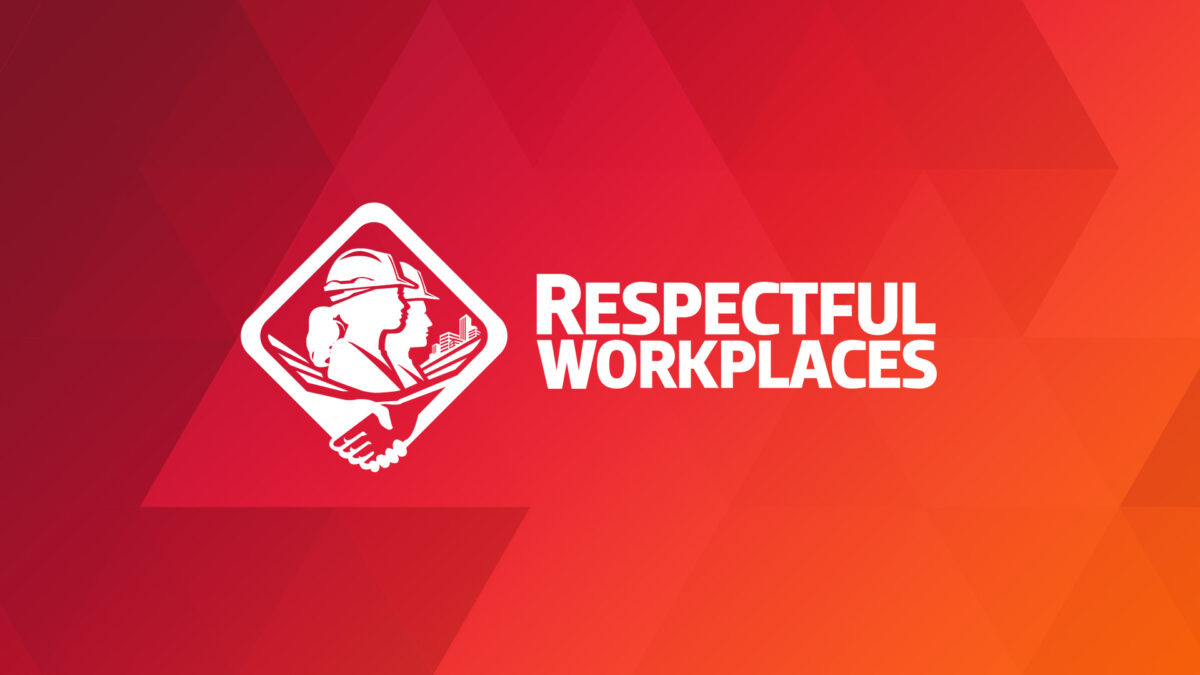Imagine a workplace where everyone feels valued, where different ideas come together to spark innovation, and where inclusivity is part of everyday culture. This is not just a vision for the future—it’s the direction workplaces are heading.
In Canada, and especially in industries like construction, embracing diversity and inclusion (D&I) will be the key to staying ahead in a fast-changing world. Companies that invest in creating diverse teams and inclusive environments will attract top talent, drive innovation, and adapt more quickly to global changes. Those that don’t risk being left behind.
Why D&I matters
Diversity refers to the range of differences among people, be it race, gender, age, abilities, or perspectives. While inclusion ensures everyone feels respected and valued. Together, they form the foundation for a thriving workplace.
Studies show that the business case for D&I is robust. A report from McKinsey & Company found that companies with greater ethnic and gender diversity in leadership were 36% more likely to outperform their competitors financially. In Canada, D&I is not just relevant but essential for innovation and growth.
For the construction sector, integrating D&I strategies can unlock untapped potential. For instance, organizations that actively recruit women and Indigenous talent broaden their skill sets and enrich their connection to the communities they serve.
Emerging trends in D&I
- Inclusive leadership takes centre stage: Leadership plays a significant role in the success of any D&I initiative. Building inclusive teams and ensuring marginalized voices are heard will be key. In the construction sector, this could mean promoting women into leadership roles or ensuring leadership reflects the communities being built.
- Equity over equality: Equity focuses on eliminating barriers disproportionately affecting certain groups. For instance, an equity audit may reveal gender pay gaps or a lack of career progression for underrepresented groups. Addressing these issues builds trust and fairness within organizations.
- Technology driving inclusion: Tools such as AI-powered hiring platforms can help identify biases in recruitment processes, while data analytics can monitor progress in achieving diversity goals. However, organizations must ensure these technologies are free from bias themselves—a challenge requiring vigilance.
- Generational expectations: Millennials and Gen Z value workplaces that prioritize D&I and corporate social responsibility. According to a Deloitte survey, 74% of workers from these generations prefer employers who actively address social justice issues. Meeting these expectations will be crucial for attracting talent.
The business benefits of D&I
The advantages of embracing D&I extend far beyond compliance.
- Enhanced innovation: Diverse teams approach problems from multiple angles, resulting in better solutions. For example, integrating diverse Indigenous knowledge into construction projects can lead to designs that respect cultural heritage while addressing sustainability goals.
- Improved employee engagement: Employees who feel included are more likely to be engaged and productive. Research shows inclusive workplaces experience 22% lower turnover rates.
- Stronger client relationships: A diverse workforce can better understand and serve diverse clients. In construction, this could mean designing spaces that cater to a wide range of physical abilities or cultural needs.
Actionable steps to prioritize D&I
Building a truly inclusive workplace takes deliberate effort. Here is how organizations can lead the way:
1. Create clear policies
Establish and communicate D&I goals, from recruiting underrepresented groups to ensuring fair pay practices.
2. Invest in training
Offer training on unconscious bias and inclusive leadership. Programs like those from the Canadian Centre for Diversity and Inclusion can provide valuable resources.
3. Foster inclusive environments
Simple changes such as providing flexible schedules for employees with caregiving responsibilities can create a culture where everyone feels they belong.
4. Measure progress
Use metrics, like those from employee satisfaction surveys or diversity audits, to track success. Regular reporting demonstrates accountability and commitment.
5. Engage communities
Collaborate with local organizations to recruit and train underrepresented talent. For example, partnerships with immigrant serving organizations can help bridge gaps in the construction sector.
The future is inclusive
D&I is not a fleeting trend; it’s the foundation of future success. For Canadian businesses, embracing diversity is a pathway to innovation, resilience, and growth. By investing in D&I today, organizations position themselves to thrive in tomorrow’s marketplace.
As the world of work continues to evolve, the question is not whether to embrace diversity but how to do so effectively. For those ready to lead the charge, the next decade promises immense opportunities to grow, innovate, and inspire. leaders foster open communication, implement forward-thinking policies, and embrace diversity and inclusion, they create environments where individuals and businesses alike can thrive. After all, a diverse, well-supported workforce is not just healthier but it is also the foundation of sustained growth and competitive advantage.
Michael Bach is an author and speaker, a thought leader in inclusion, diversity, equity, and accessibility, and an IDEA consultant to BuildForce Canada.

Respectful and Inclusive Workplaces
